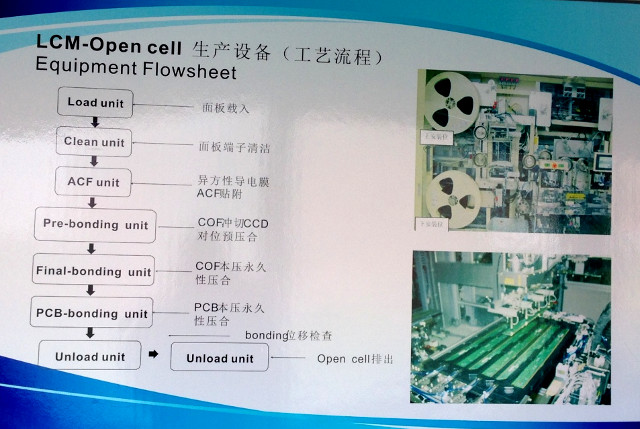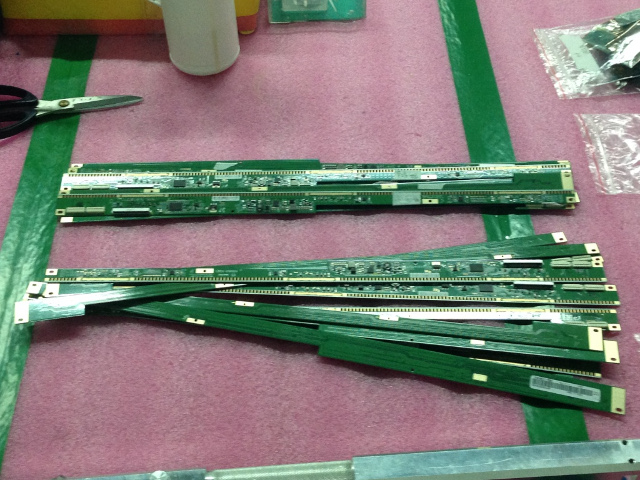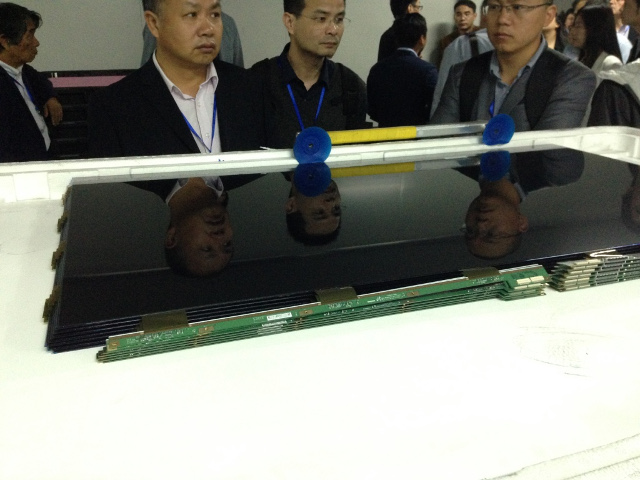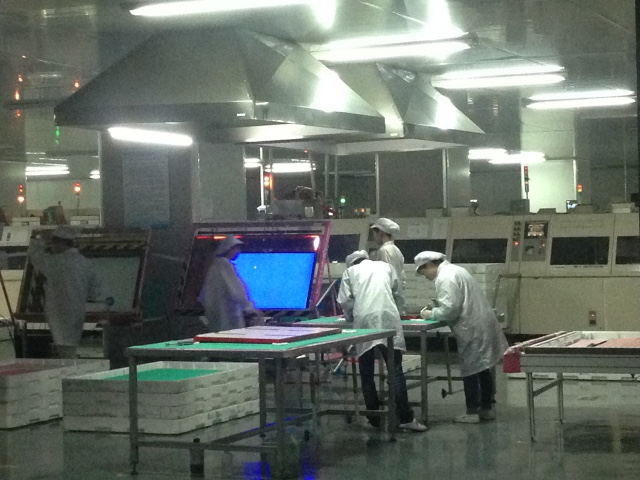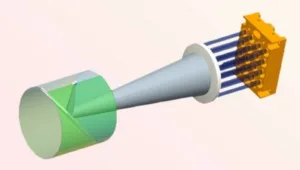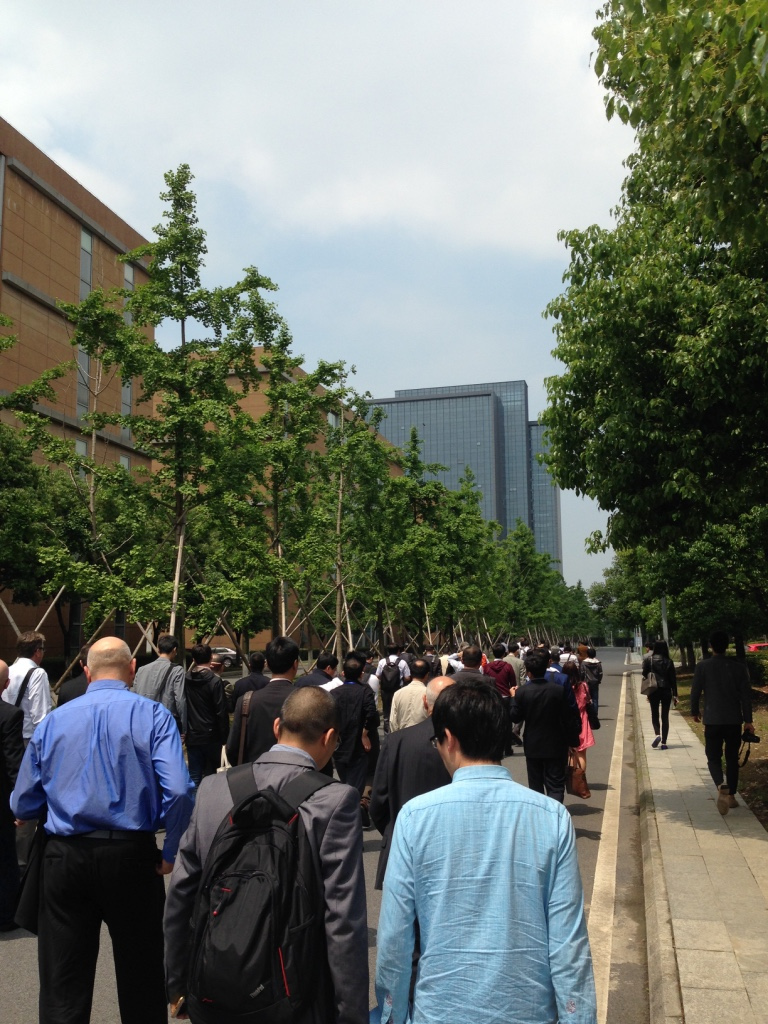 The second company visited by attendees of the Display Summit China event was Jiangsu Zhongsheng Stereoscopic Display, which is just a short walk from the first site, Seemile. The company manufactures glasses-free 3D flat panel displays.
The second company visited by attendees of the Display Summit China event was Jiangsu Zhongsheng Stereoscopic Display, which is just a short walk from the first site, Seemile. The company manufactures glasses-free 3D flat panel displays.
The company’s Rambo Liu also gave a presentation at Display Summit China. This covered the basics of how glasses-based and glasses-free 3D display technologies work and the strengths and weaknesses of each. It did not cover any new ground or offer any insight into the products they manufacture.
The tour consisted of a review of products in the showroom followed by a walking tour of their manufacturing facility. In the showroom, we saw several glasses-free 3D displays. Performance varied, but was clearly better on the 4K resolution panels compared to lower resolution models. All use a lenticular design and we were told that they feature 28 views.
On display were some large kiosk type displays running a number of short advertisements including zoo animals. These looked identical to displays shown in the KDX booth at CES Asia. KDX acquired licensee Dimenco about a year ago, but Dimenco has also licensed its technology to Zhongsheng Stereoscopic Display. This features a 28-view solution. As we noted in our review of the KDX kiosk displays – and was true for the Zhongsheng display too, content that is too far in front of the screen tends to defocus, losing impact. But, stretching the depth volume is necessary to create some depth perception, so this trade-off must always be carefully balanced.
One monitor (55” or 65”) was 4K resolution and showing some medical content. This was well managed and looked good. Transition zones are very smooth and barely noticeable, but you can get stuck in the zone edge, which creates a blurred image.

On the factory tour, we looked through windows at the various assembly and test operations. Zhongsheng buys basic display glass from panel suppliers then assembles the electronics and of course the lenticular array.
Much of the space was devoted to cleaning the panels and doing the bonding of the drive electronics to the edges of the panel. We did not see the critical lenticular array alignment and lamination process, as this is done in a clean room. We did not see backlight assembly or finished product assembly, so it is unclear if that is done there as well. Most operations are in done in clean area, but not with laminar air flow. The photos below show part of the process flow chart, initial cleaning, to be assembled printed circuit boards, as assembled panels and PCBs and final inspection. – CC
